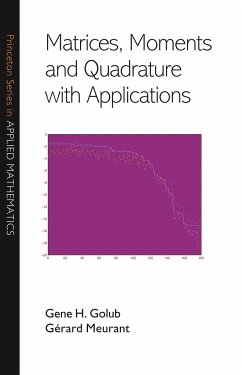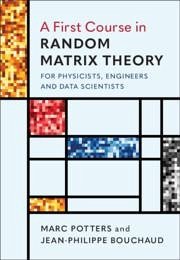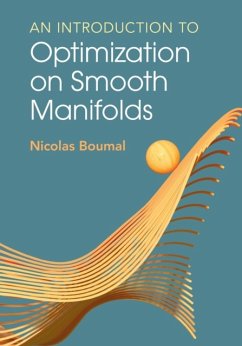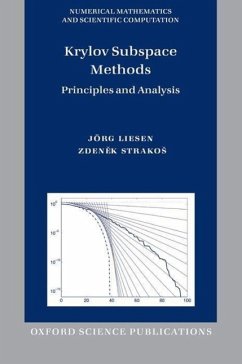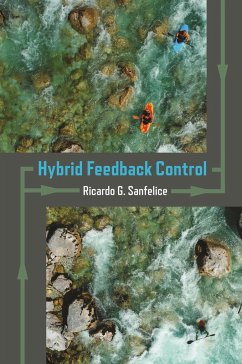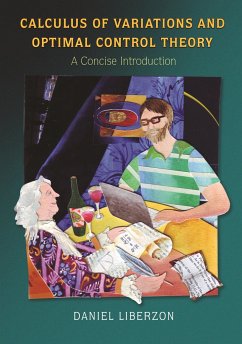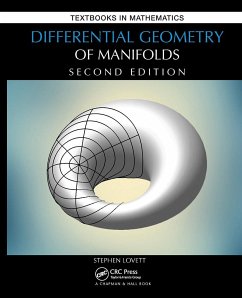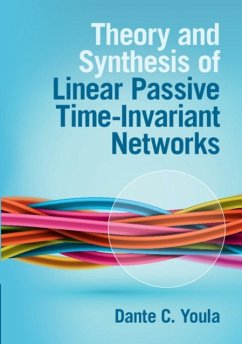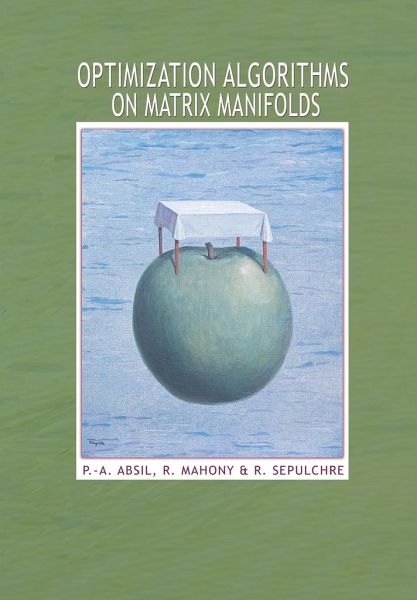
Optimization Algorithms on Matrix Manifolds

PAYBACK Punkte
47 °P sammeln!
Many problems in the sciences and engineering can be rephrased as optimization problems on matrix search spaces endowed with a so-called manifold structure. This book shows how to exploit the special structure of such problems to develop efficient numerical algorithms. It is of interest to applied mathematicians, and computer scientists.




